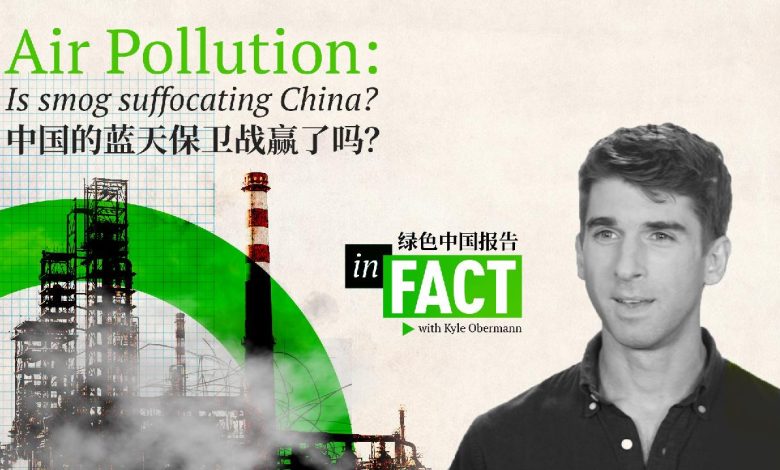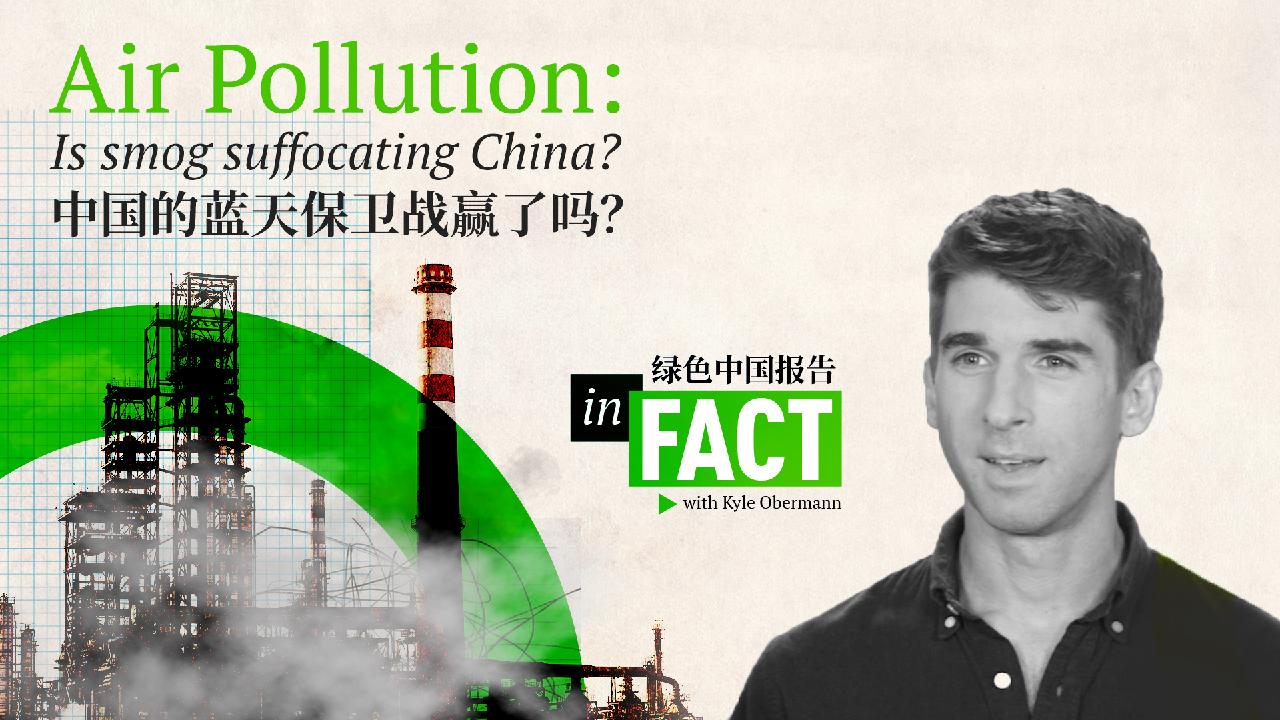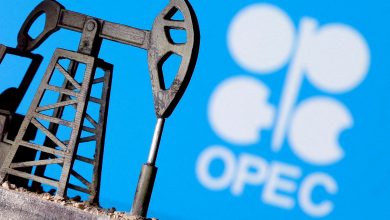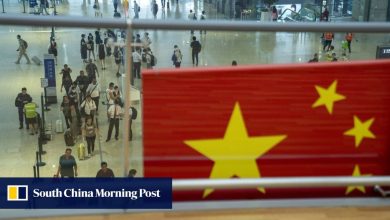For Wed: In Fact: Is smog suffocating China?


So there used to be this term called ‘airpocalypse’ in China, a decade ago. In 2016, The New York Times even ran a piece about the issue dramatically titled: ‘Life in China, Smothered by Smog.’
A decade later, an unprecedentedly short period for a nation of its GDP and size, China has brought these blue skies – cleaner air – across the country. Since 2013, the peak of the airpocalypse era, China has grown its GDP by 121 percent, claimed it’s eradicated poverty in the nation, and reduced PM 2.5 small particulate matter in its air by 57 percent. How did they do it?
Part 1: The Olympics
Let’s go back to July 2008, a month before the Olympics in Beijing began. Groups of athletes were wary of participating in the game unless Beijing’s air improved.
Now, this air pollution was due to the fact that in the decades prior, China followed a similar development path as many industrialized nations, but at a larger scale and a quicker speed. With industrialization, car ownership exploded. From 1992 – when I was born – until 2008, vehicle sales in China increased from about 2 million per year to almost 10 million. Predictably, the growth in city traffic combined with weak regulation of industrial emissions that were fueled by coal led to smog.
But in the decade leading up to the Beijing Olympics, Beijing made 27.5 billion USD worth of investment into aggressive measures to clean up its air, including reducing coal use by nearly one-fifth, closing heavily polluting industrial sites, doubling the number of public buses, limiting daily car use by license place number, and taking older, polluting cars off the road. During the games, airborne particulate matter decreased from fifty to thirty percent. Researchers called it the “largest effort made in human history to control air quality within a short period of time.”
But, the Olympics were only a brief respite – or window into a promised and better future. By 2013, the smog had come roaring back. Air pollution was contributing to 12.6 percent of all deaths in China. And, in at least in one province, air pollution was causing an economic loss equivalent to as much as 4 percent of the regional gross domestic product. The issue of pollution could no longer take second place to development. There was no denying one fact: something had to change.
<img src='https://newseu.cgtn.com/news/2024-10-02/For-Wed-In-Fact-Is-smog-suffocating-China–1xlM5kQBFIs/img/3d1defe43abf4d10a045e8fafbd988d8/3d1defe43abf4d10a045e8fafbd988d8.jpeg' alt='Kyle Obermann./CGTN'
Part 2: At War
So in 2014, the Chinese government responded by declaring the upcoming decade a “war on air pollution”. They took the measures that had worked during the Beijing Olympics and implemented them nationwide: again, more old cars were removed, industrial processes were cleaned, shut down, or relocated, and coal-fired boilers for wintertime were replaced with gas or electric. By 2017, Beijing had once again slashed its annual PM2.5 concentrations by 25 percent. Other cities like Shanghai, Guangzhou, and Shenzhen had achieved similar gains.
Now, yes: many cities in China have air pollution levels still over WHO standards. There is still work to be done. But to put that in perspective, only 3 percent of the world’s cities meet the WHO’s air quality guidelines. No countries do. So, what’s notable here is the unprecedented speed at which China turned its situation around. By 2023, China’s PM2.5 levels, despite a small increase, were 57 percent lower than they were in 2013.
What’s also interesting is how much China’s cities’ situations mirrored those of nations that developed previously and are developing now. LA was once, like Beijing and now New Dehli, known as “the smog capital of the world.” And London’s experience and response during the ‘The Great Smog’ in 1952 actually helped inform Chinese policymakers in China over half a century later.
<img src='https://newseu.cgtn.com/news/2024-10-02/For-Wed-In-Fact-Is-smog-suffocating-China–1xlM5kQBFIs/img/46c79186214745ad8d64070572052cdd/46c79186214745ad8d64070572052cdd.jpeg' alt='Vehicle production and sales in China from 1999 to 2013. /CGTN'
Part 3 – It’s one sky, after all
So what does this mean for China and the world?
Most readily apparent are the benefits to human health. The average Chinese citizen’s lifespan is now 2.2 years longer due to cleaner air.
And in 2019, a peer-reviewed study, looking back at the 2013-2017 National Air Pollution Control Plan found that the net economic benefit of the plan was equivalent to about 111 billion dollars. What’s more, cleaner air in China has also resulted in cleaner air, better health, and economic benefits for neighboring countries like South Korea and even places like California.
Finally, a note on the climate crisis. Most air pollutants and greenhouse gases share a similar source: the burning of fossil fuels. Altogether, China’s clean air actions from 2013 to 2020 had a climate co-benefit equivalent to reducing global 2020 CO2 emissions by 5.5 percent.
So while there are many ways to develop and grow, we only have one atmosphere. And, to state the obvious, protecting that atmosphere is more than worth the costs to do so. Just like China learned from and built upon the success of places like London, hopefully, other developing nations can now look to China for lessons and do the same.
<img src='https://newseu.cgtn.com/news/2024-10-02/For-Wed-In-Fact-Is-smog-suffocating-China–1xlM5kQBFIs/img/9df7460086814ac4b300d5f854dc5aad/9df7460086814ac4b300d5f854dc5aad.jpeg' alt='Beijing's CBD area under blue sky./CGTN'
Credit:
Presenter: Kyle Obermann
Producer: Du Yubin
Designer: Angela Martin, Ilze Juhnevica
Creative Director: Alexander Shields
Chief Editors: Guo Chun, Qian Fang, Duncan Hooper
Executive Producer: Mei Yan
Elean Yin contributed to the research.
Watch other episodes of In Fact with Kyle Obermann here
<img src='https://newseu.cgtn.com/news/2024-10-02/For-Wed-In-Fact-Is-smog-suffocating-China–1xlM5kQBFIs/img/1640b7f75c404d34b8f57b9e01c992f4/1640b7f75c404d34b8f57b9e01c992f4.png' alt=''





